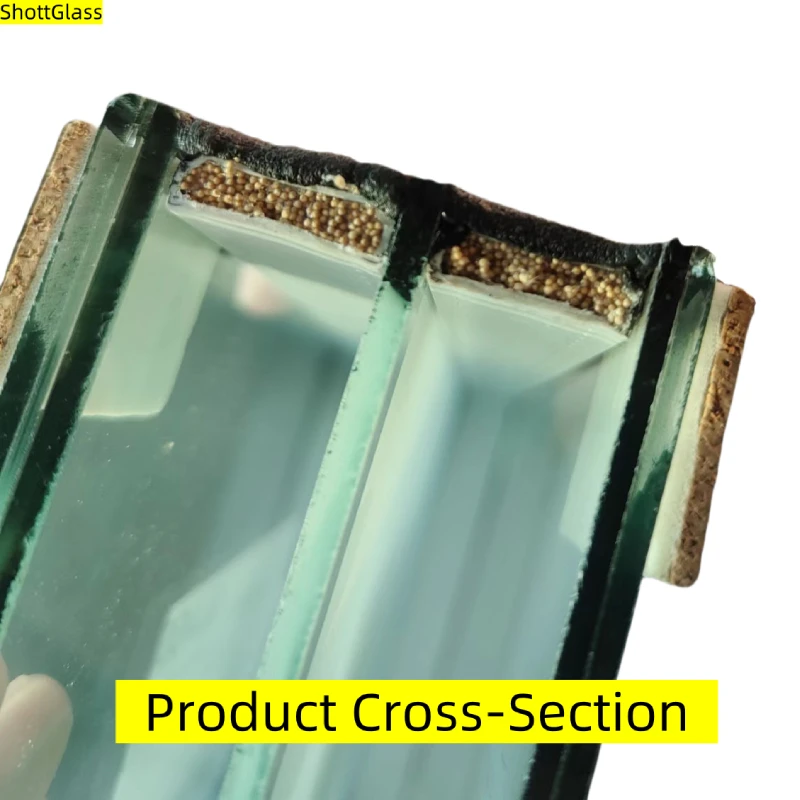Nov . 10, 2024 10:41 Back to list
Understanding Tempered Laminated Glass for Enhanced Safety and Durability
Understanding Tempered Laminated Safety Glass A Comprehensive Overview
Tempered laminated safety glass is an advanced material commonly utilized in various industries, including construction, automotive, and design. Its unique properties combine the strength of tempered glass with the safety features of laminating technologies. This article delves into the characteristics, manufacturing process, applications, and benefits of tempered laminated safety glass, highlighting why it has become a preferred choice in many sectors.
What is Tempered Laminated Safety Glass?
Tempered laminated safety glass is essentially a combination of two distinct technologies tempered glass and laminated glass. Tempered glass, which is made by heating and rapidly cooling regular glass, is four to five times stronger than standard glass. This process not only enhances its strength but also allows it to shatter into small, blunt pieces upon breaking, reducing the risk of injury.
On the other hand, laminated glass consists of at least two layers of glass that are bonded together using an interlayer, typically made of polyvinyl butyral (PVB) or ethylene-vinyl acetate (EVA). This interlayer holds the glass together even when shattered, preventing sharp shards from scattering and providing a crucial layer of safety.
Manufacturing Process
The fabrication of tempered laminated safety glass involves several detailed steps
1. Glass Selection The process begins with choosing high-quality glass sheets that meet specific thickness and strength standards. 2. Tempering The selected glass sheets undergo a tempering process. They are heated to a temperature of around 620 degrees Celsius (1148 degrees Fahrenheit) and then rapidly cooled. This thermal treatment increases the glass's strength and alters its internal structure.
3. Laminating The tempered glass sheets are then layered with the interlayer material. The sandwich is subjected to heat and pressure in a vacuum chamber, ensuring that the interlayer bonds uniformly with the glass sheets.
4. Finishing After lamination, the glass is cut to size and edges are finished to ensure safety and aesthetic appeal.
Applications
tempered laminated safety glass

Tempered laminated safety glass is versatile and has a wide range of applications
. Some of the most common uses include- Architectural Design It is extensively used in facades, windows, and glass doors for buildings, offering strength, sound insulation, and UV protection. - Automotive Industry In vehicles, it is used for windshields and side windows, providing structural integrity and passenger safety. - Interior Design The glass is popular in interior partitions and balustrades, enhancing the aesthetics while ensuring safety. - Public Transportation Buses and trains often incorporate tempered laminated glass for passenger windows to combine visibility with safety.
Benefits of Tempered Laminated Safety Glass
The superior qualities of tempered laminated safety glass provide numerous advantages
1. Safety One of the most critical benefits is enhanced safety. In the event of breakage, the glass fragments adhere to the interlayer, significantly reducing the risk of injury.
2. Strength and Durability The tempering process increases the glass's resistance to impact and thermal stresses, making it suitable for high-traffic and high-risk areas.
3. Sound Insulation The laminated structure aids in sound dampening, making it an excellent choice for urban environments or noisy settings.
4. UV Protection Laminated glass blocks almost 99% of harmful UV rays, protecting occupants and furnishings from fading and damage.
5. Design Flexibility Available in various colors and finishes, tempered laminated safety glass allows architects and designers to create visually appealing spaces without compromising safety.
In conclusion, tempered laminated safety glass is a remarkable material that combines strength, safety, and design versatility. Its multifaceted applications across various industries highlight its significance in modern construction and design. As safety regulations continue to tighten, tempered laminated glass will likely play an increasingly important role in ensuring both functionality and protection in the built environment. Whether used in skyscrapers, vehicles, or interiors, this glass is a testament to modern engineering and innovation.
-
Safety and Style with Premium Laminated Glass Solutions
NewsJun.24,2025
-
Reinvents Security with Premium Wired Glass
NewsJun.24,2025
-
Premium Float Glass Line for Modern Architecture
NewsJun.24,2025
-
Low Emissivity Glass for Energy-Efficient Architecture
NewsJun.24,2025
-
High-Performance Insulated Glass Solutions for Modern Architecture
NewsJun.24,2025
-
Elevates Interior Style with Premium Silver Mirror
NewsJun.24,2025
Related PRODUCTS














